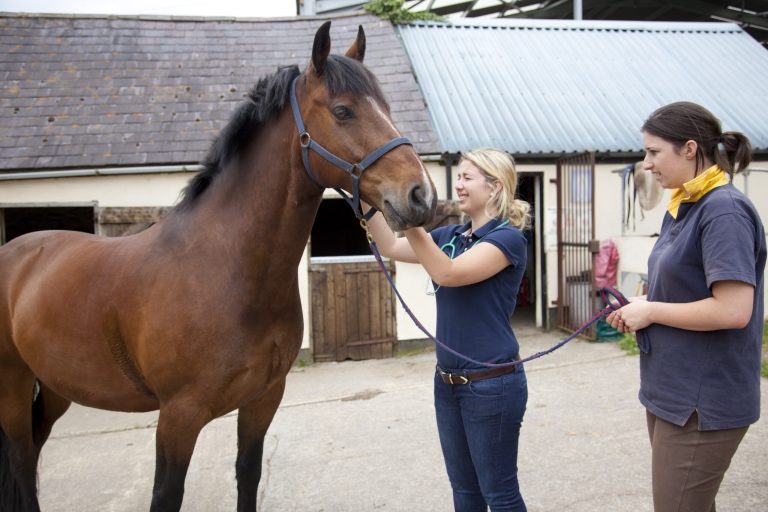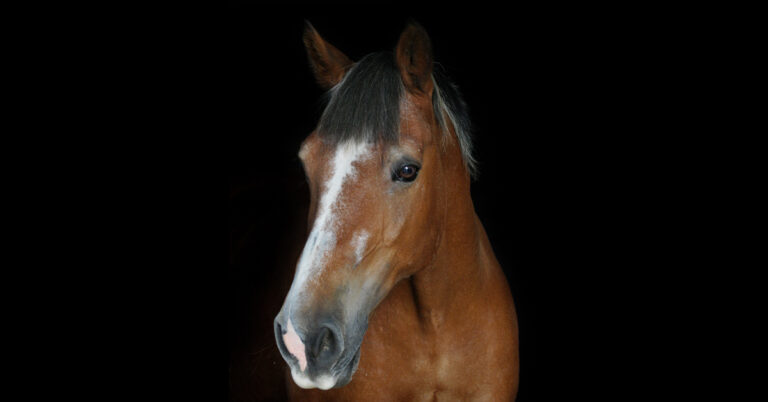
Notable commentary has been made about the presence of gastric ulcer syndrome (EGUS) in both domesticated racing and pleasure horses at a rate of 60-90%. A study of wild equids in a safari park in France looked at the incidence in 55 wild equids that died of various unrelated causes between 2010-2016 [Lamglait, B.; Vandenbunder-Beltrame, M.; Trunet, E.; Lemberger, K. Description Of Gastric Ulcers And Of Their Suspected, Associated Risk Factors In Deceased Wild Equids At The Réserve Africaine De Sigean, France (2010–2016). Journal Of Zoo And Wildlife Medicine, 48(3):668-674. Http://Www.Bioone.Org/Doi/Full/10.1638/2016-0249.1].
The overall prevalence of EGUS in the wild equids was found to be 64%, with Grant’s zebras and Hartmann’s mountain zebra having the highest incidence at 83% and 100% respectively. The Hartmann’s zebras were stalled every evening out of social herd contact, which is a departure from the typical living arrangement of wild equids (i.e., outside full-time and within a herd).
The highest incidence of EGUS was observed in equids living in the smaller containment enclosures, especially those less than 75 square meters. There was no association between digestive tract disease and EGUS.
Of 11 foals, only one was affected with EGUS; this varies from the 25-50% incidence rate identified in domestic foals. Young equids less than three years of age had the highest incidence at 93%. Most of the ulcers in the young horses were classified as Grade 1 or 2, i.e., multiple but superficial lesions that were not likely to be clinically significant.
Adult equids had a 74% incidence, which is less than the younger animals, but the lesions were deeper and more inflamed, representative of Grade 2 or 3 lesions.
All the lesions in all affected horses occurred in the gastric, non-glandular, stratified squamous mucosa along the margo plicatus.
A previous study of feral horses sent to slaughter in Britain revealed a 22% incidence of EGUS.
While most equine veterinarians are rarely involved with wild equid species, this study reveals an interesting phenomenon: stress, confinement and other management practices seem to be variables that increase the risk of EGUS in wild equids, similar to what is found in domestic horses.








